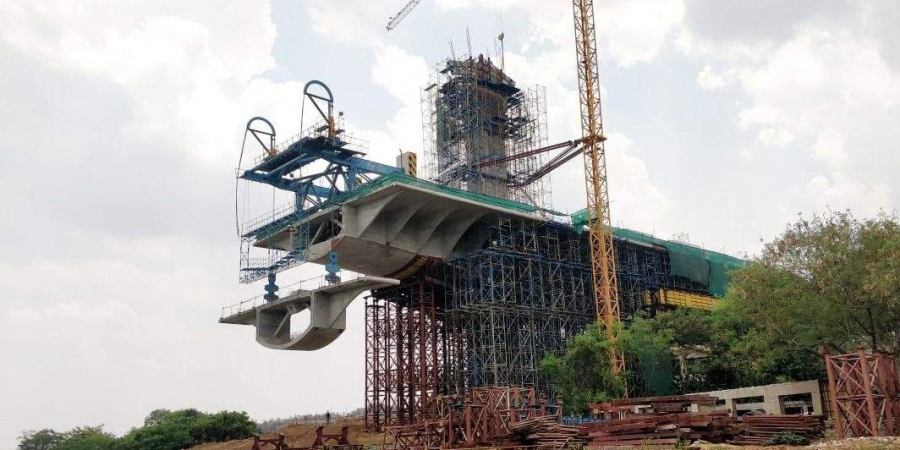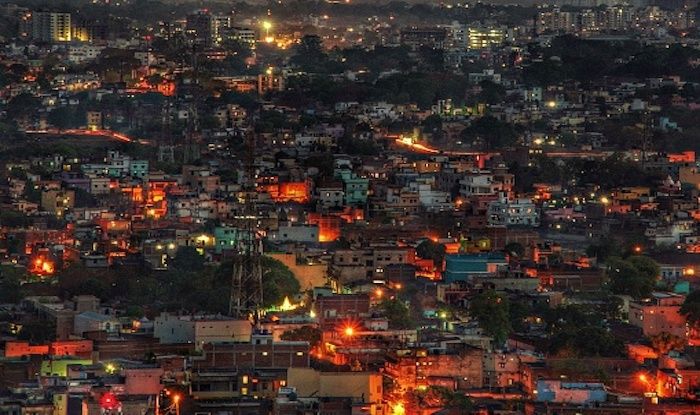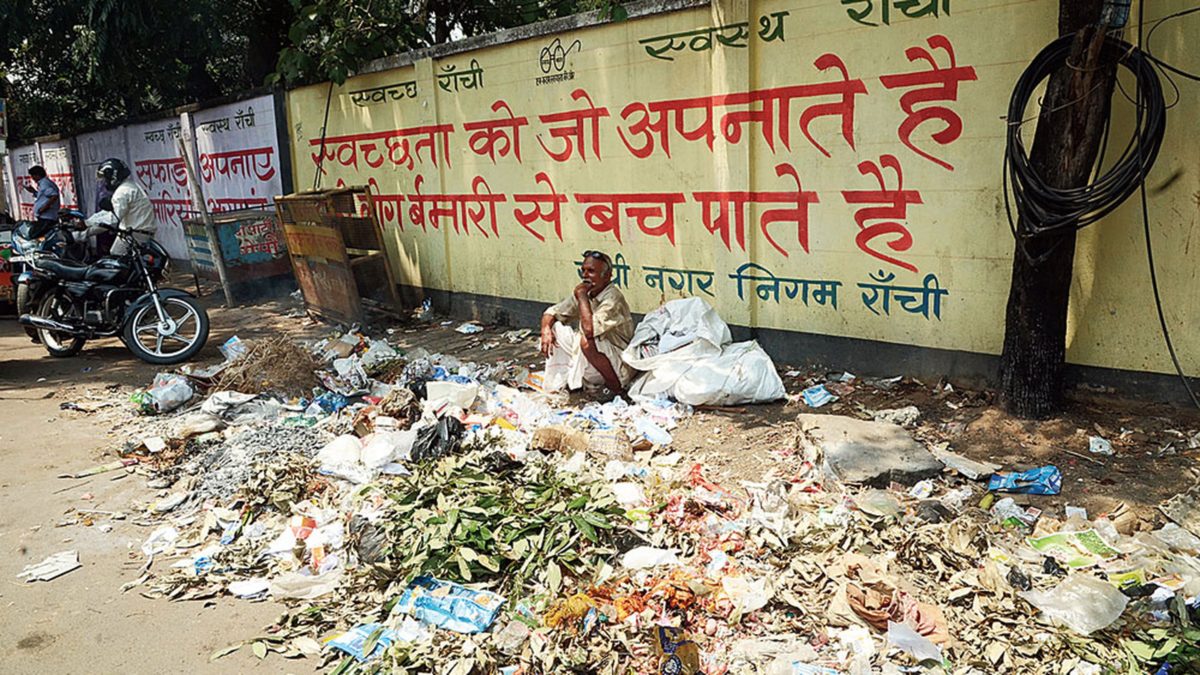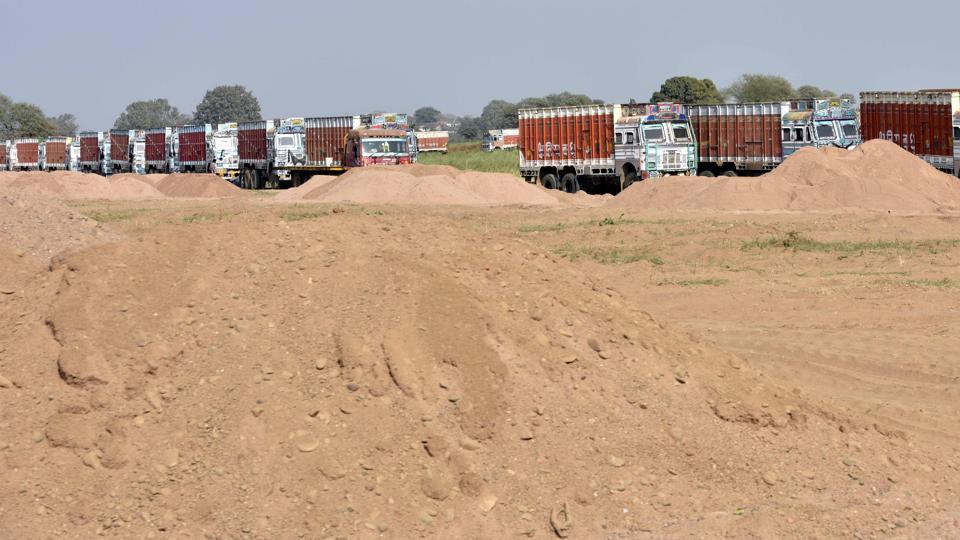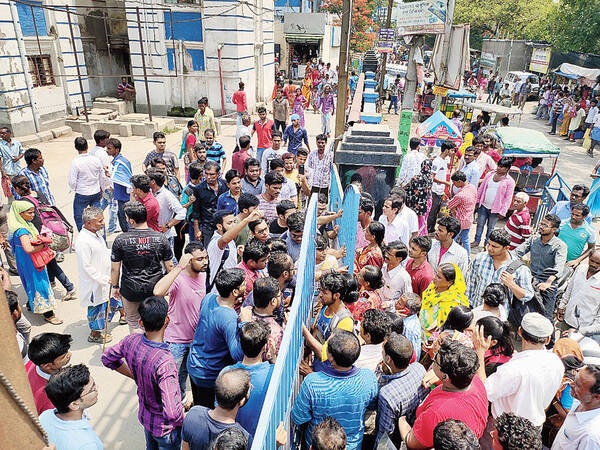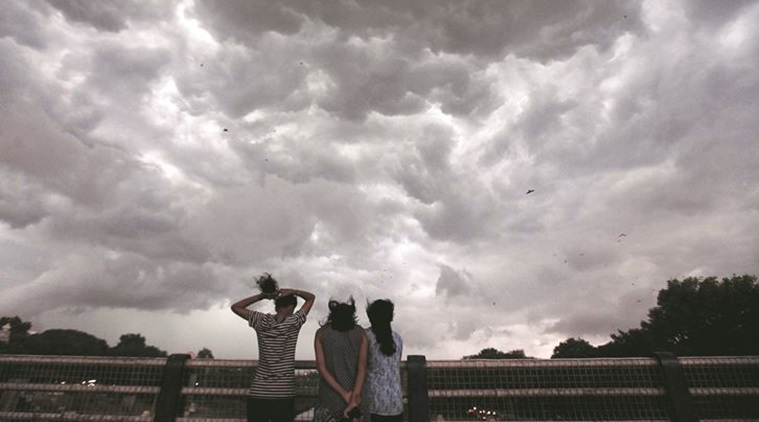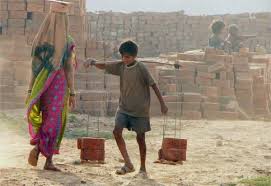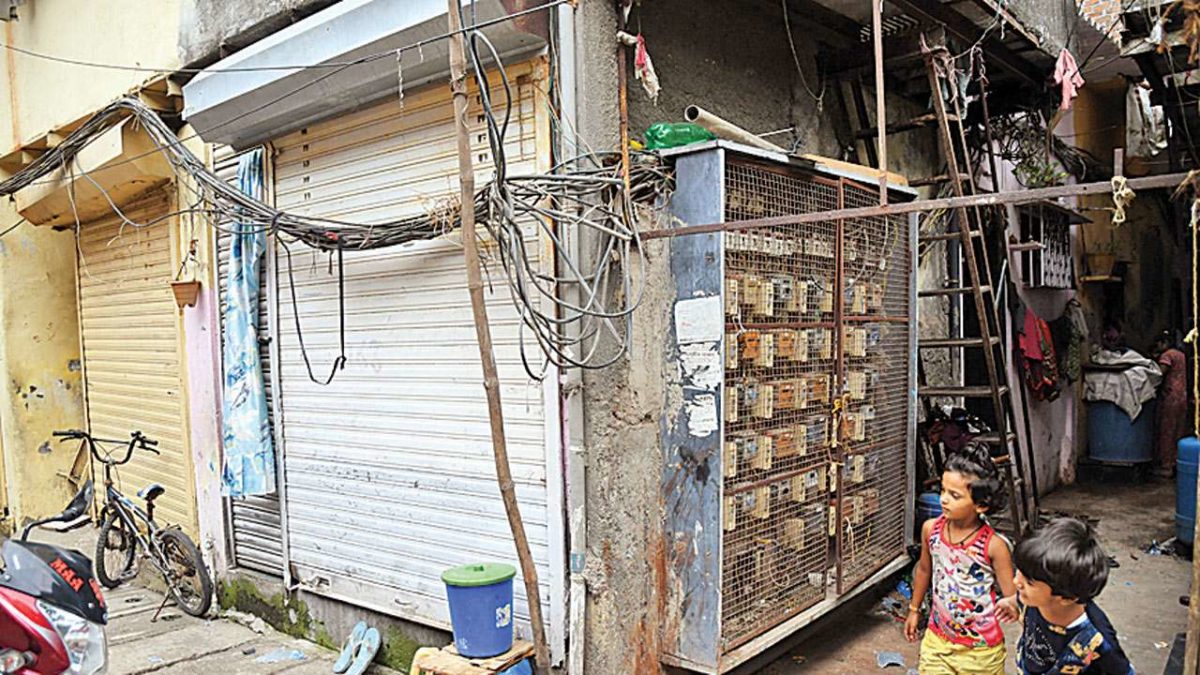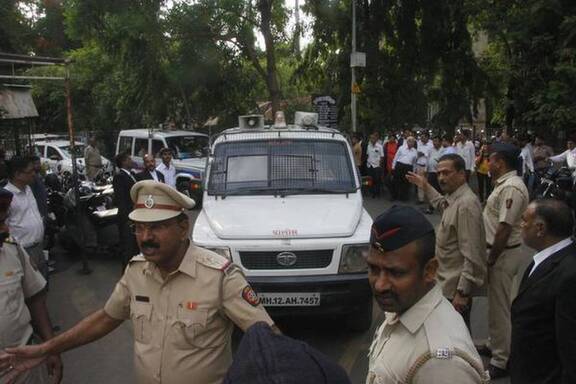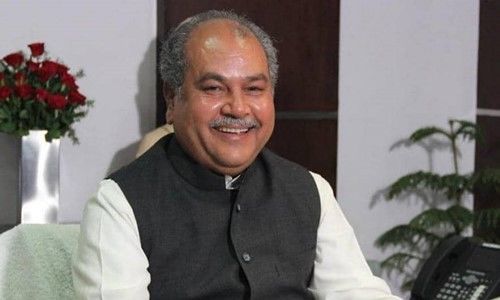Source: telegraphindia.com
Three junior doctors and a fourth-year student of Burdwan Medical
College and Hospital were injured on Wednesday when relatives of
patients and outsiders lobbed bricks at them.
The attack occurred
around 11.30am when junior doctors were demonstrating at the hospital’s
emergency gate as part of a statewide ceasework at OPDs to protest the
assault on two NRS doctors.
Mayank Agarwal, a fourth-year
student, suffered serious injuries and had to be admitted to the
hospital, according to hospital authorities.
A brick hit him in the left eye and he was kicked and punched in the face. The three junior doctors sustained minor injuries.
“Mayank
has got three stitches in the eye. He has undergone a CT scan,”
Amitabha Saha, deputy superintendent of the medical college and hospital
said.
“Some internal injury in the eye has been detected. He is being treated in the eye department,” he said.
A large group of relatives of patients were stopped by the protesting doctors and forced to return.
“Initially,
a scuffle broke out between the junior doctors and the relatives of
patients. It soon snowballed into a clash,” a hospital official said.
The
hospital authorities on Wednesday made frequent announcements over the
public address system alerting patients that the OPD was shut because of
a ceasework by junior doctors.
The 1,236-bed hospital sees patients from neighbouring Birbhum, East Burdwan, Bankura, parts of Hooghly and Jharkhand.
The
OPD sees about 5,000 patients every day on average. At least 1,300
patients are admitted to various wards currently. Their treatment was
not affected.
At least 1,380 junior doctors and medical students
began a sit-in at various places on the complex, including at the
emergency gate, since morning.
“We were on a peaceful dharna when
some people started hurling bricks at us. They threatened to hurl acid
bombs at us. We were feeling insecure,” Niladri Kayal, an agitating
junior doctor, said.
Policemen present on the camp inside the hospital intervened and tried to disperse the mob but were outnumbered. Some media photographers were roughed up by the mob and some of the agitating junior doctors.
The junior doctors apparently chased the mob, lobbed bricks and thrashed them with bamboo sticks.
“We
were attending an emergency meeting of the college council when we
learnt that some outsiders had attacked the agitating students and
junior doctors at the emergency,” said Saha.
Saha, along with
medical superintendent and vice-principal Utpal Dawn, reached the spot
and alerted the police. Dawn was caught between the warring groups of
junior doctors and was apparently manhandled.
A large police contingent, led by additional superintendent of police Priyabrata Roy, reached the spot and chased the mob away.
The relatives of patients alleged that junior doctors had misbehaved with them and drove them out.
“I
had a surgery last week. I came here today to have the stitches removed
at the OPD. The junior doctors forced us to leave. They asked us why we
came when they had announced a ceasework,” Suktor Sheikh, who came from
Murshidabad, said.
The junior doctors, however, denied the
charge. “Our agitation was peaceful and we did not harass anyone. The
hospital authorities announced that the OPD is closed today
(Wednesday),” said a junior doctor.
In West Midnapore, families of
patients blocked the main road in front of Midnapore Medical College
for an hour on Wednesday morning to protest the doctors’ ceasework.
In
Nadia, OPD and emergency services were completely suspended at the
Jawaharlal Nehru Hospital and Kalyani College of Medicine as well as at
Gandhi Memorial Hospital in Kalyani as senior doctors supported the
ceasework by junior doctors.
Surgeries were not carried out at the hospital.
Avijit
Mujherjee , medical superintendent of Jawaharlal Nehru Memorial
Hospital and Kalyani College of Medicine, said: “Services were largely
hampered at the hospital. But, the treatment of those admitted to the
hospital was normal.”
In the evening, 400 students, interns and
doctors walked in a silent procession in Kalyani town condemning the
attack on their colleagues at NRS.
In Krishnagar, doctors stayed
away from the OPDs at the district hospital and at Sadar hospital but
attended emergency without disrupting services.
Doctors stayed away from the OPD of Murshidabad Medical College and Hospital but provided services at the emergency department.
